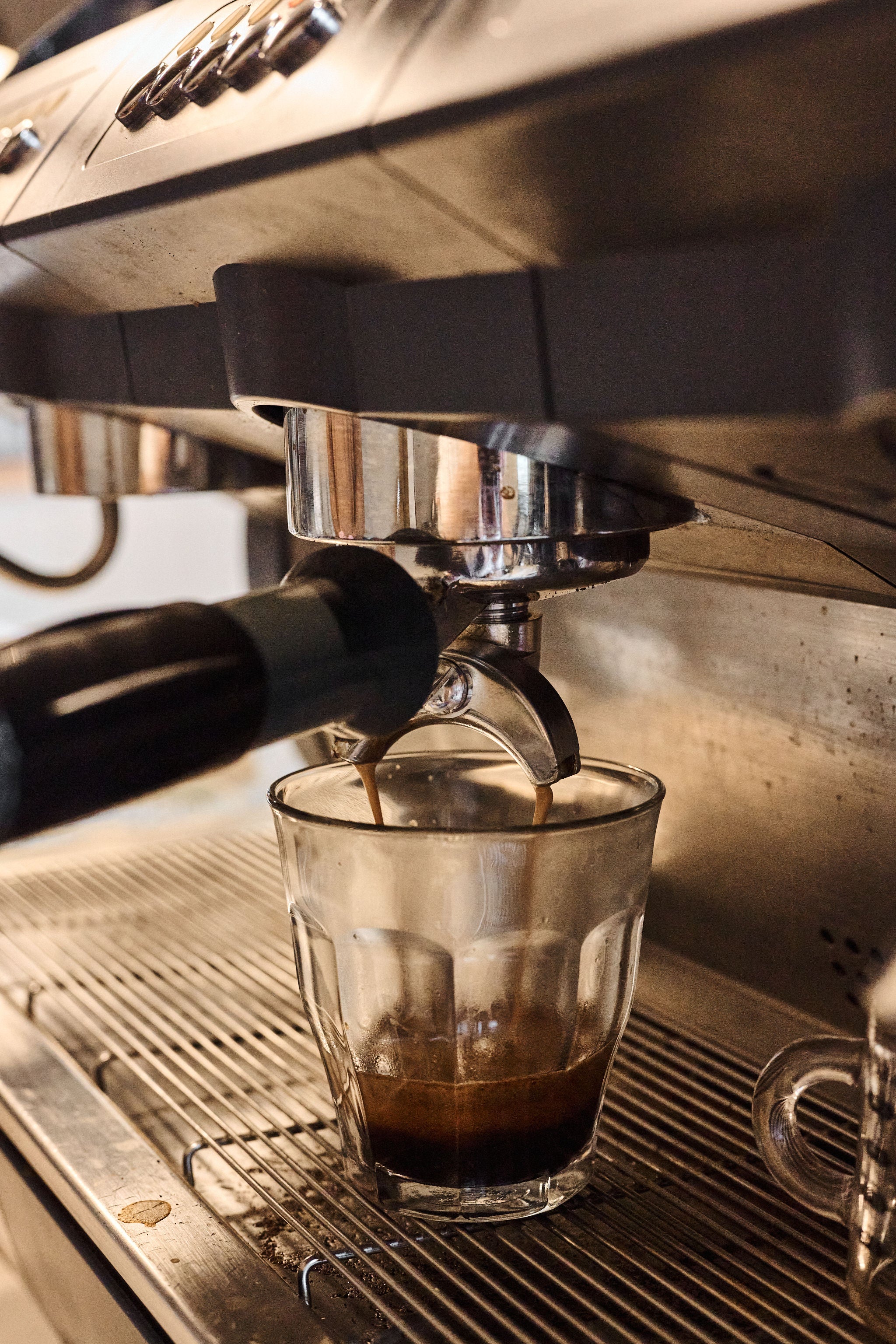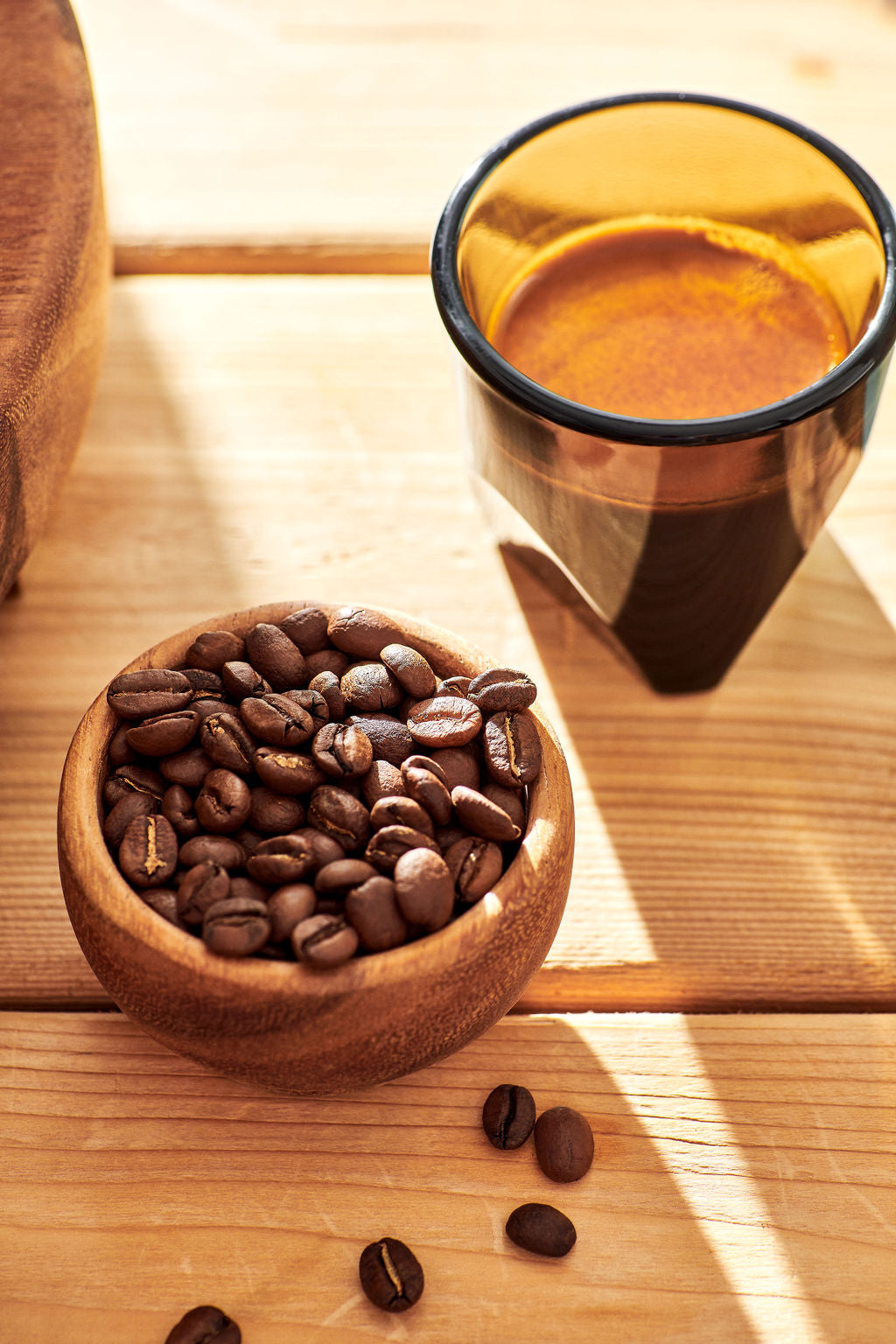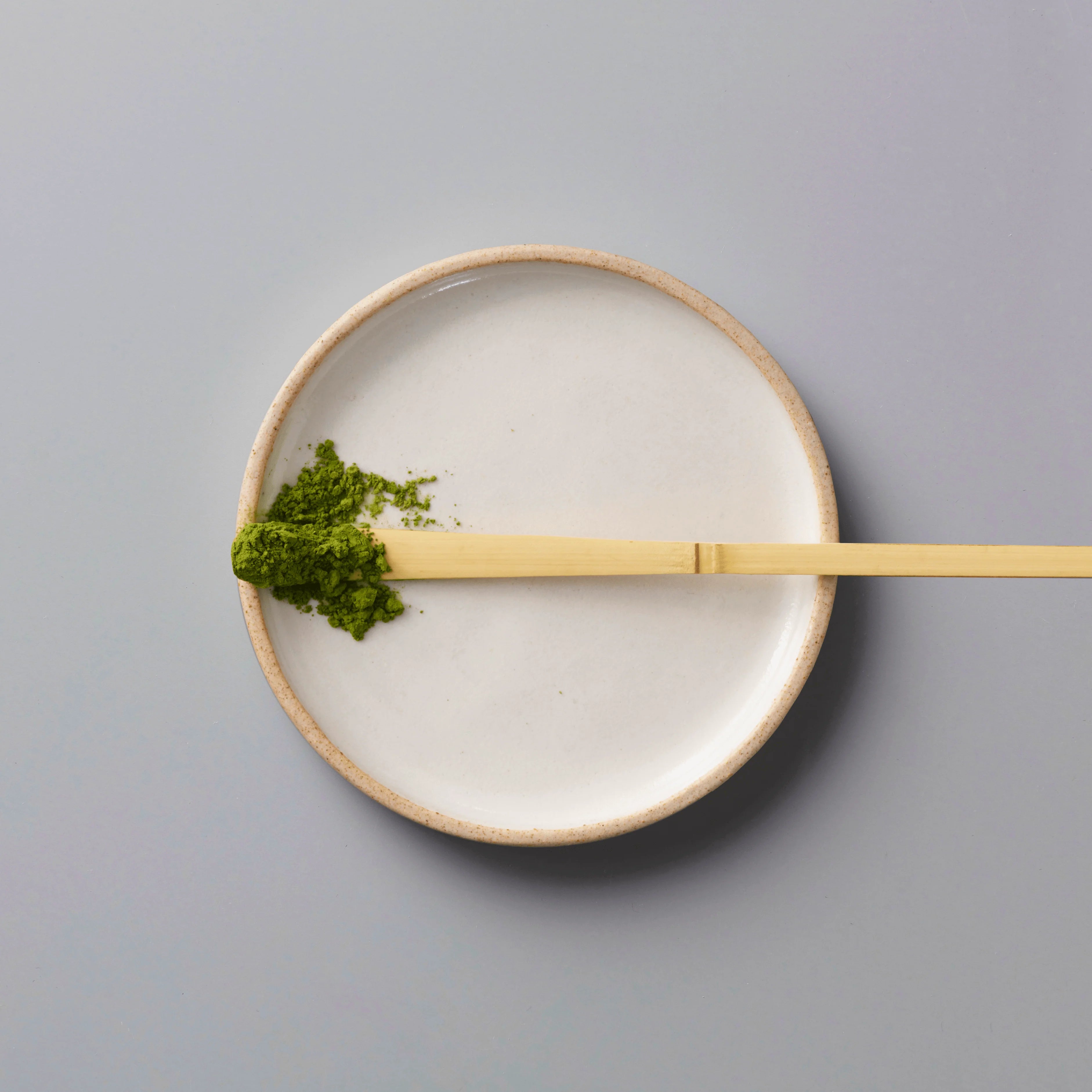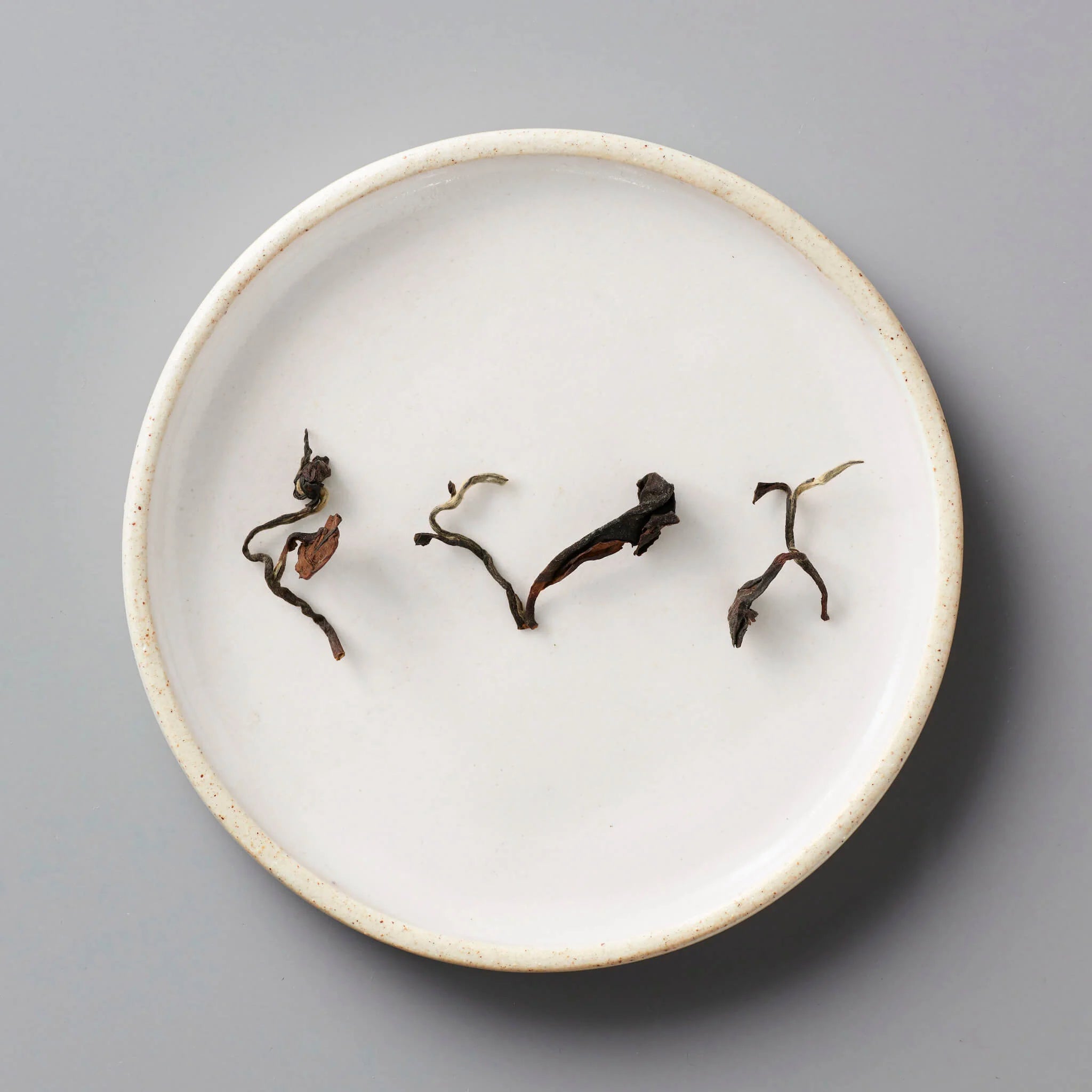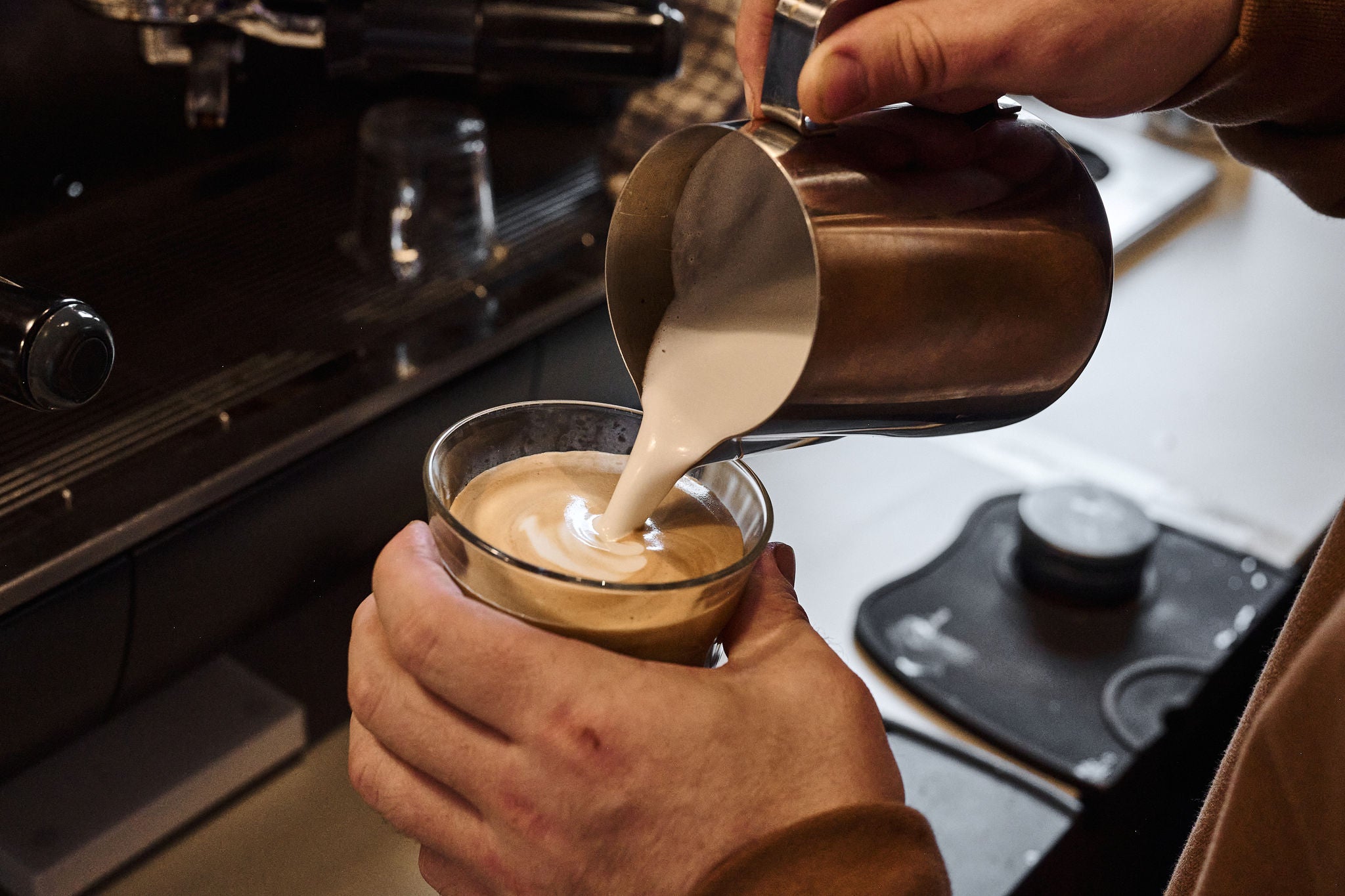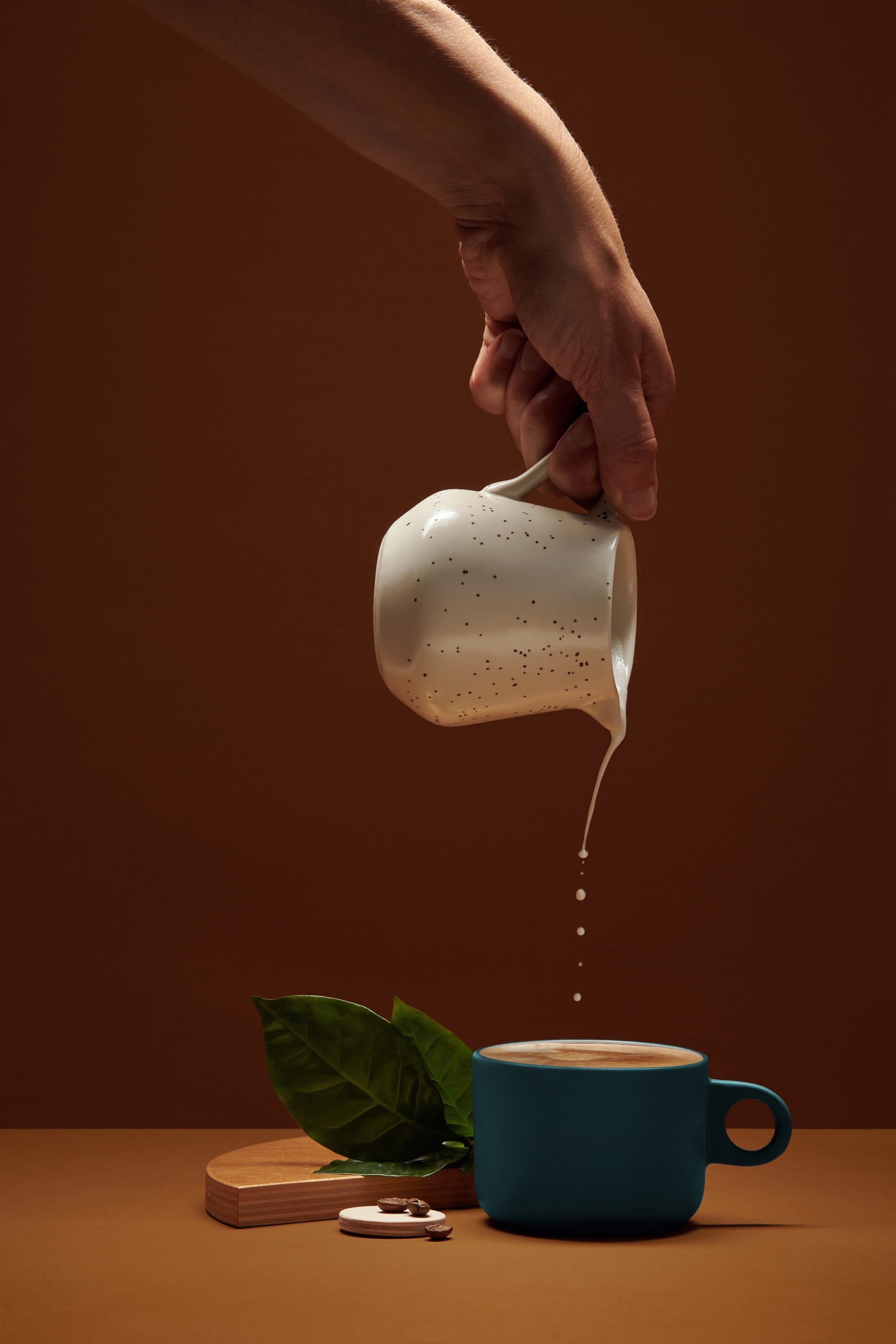You've just received your precious bag of 94 Celcius coffee and you've got a lot of questions?
Our "Getting started in the world of coffee" series is here to help you take your first steps into the world of specialty coffee. We'll be covering topics such as storage,extraction and the basics of roasting, among others.
Welcome, and please don't hesitate to ask us your questions!
In this article, we'll explore a subject you've all been looking forward to: how to make a great espresso. We'll cover the secrets of making a balanced espresso that doesn't get lost in the milk and stays consistent throughout your coffee bag.
You'll discover that making 36g (or 45g, depending on your preference) of espresso perfectly suited to your taste is more complex than it sounds.
The history of espresso
The invention of the espresso machine dates back to the late 19th century, when coffee consumption exploded in the Mediterranean. This trend created a need to serve coffee faster to satisfy a growing number of customers.
The first patent for a steam-powered coffee machine was filed in 1885 by Italian Angelo Moriondo. However, this first machine did not produce coffee cup by cup and used very low pressure. The evolution to the modern espresso machine really began in the early 20th century with Luigi Bezzera and Desiderio Pavoni. They introduced key innovations such as the filter holder, multiple nozzles, steam nozzle and pressure control valve. The first modern espresso machine was unveiled in 1906 at the Milan Fair.
A major breakthrough came after the Second World War with Achille Gaggia, who considerably increased pressure from 2 bar to 8-10 bar, and introduced a pump-and-piston system to standardize the amount of water used.
Finally, in 1961, Ernesto Valente marked another milestone with the creation of the Feama E61. This innovative machine featured an automated pump, direct water connection via a plumbing system, and internal kettle heating. Above all, it was now compact enough to fit on a countertop!
Since then, the basic elements of espresso machines have remained the same, although they have been modernized and the design has become more futuristic.
